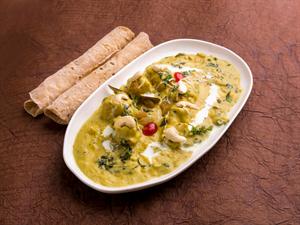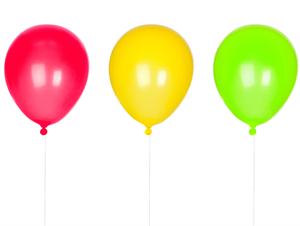
PUMPA - SMART LEARNING
எங்கள் ஆசிரியர்களுடன் 1-ஆன்-1 ஆலோசனை நேரத்தைப் பெறுங்கள். டாப்பர் ஆவதற்கு நாங்கள் பயிற்சி அளிப்போம்
Book Free DemoManu's favourite dinner is 'Nan with Mushroom gravy'.
There are three different varieties of Nan and two different varieties of mushroom gravy available in the restaurant.

In how many different combinations can he choose his dinner?
At a time he can get one of the Nan's variety and one of varieties in mushroom gravy.
Let us denote the three Nan varieties as \(A\), \(B\) and \(C\), and the two different gravy varieties as \(M\) and \(N\).
Now he can eat one of these: \(A-M\), \(A-N\), \(B-M\), \(B-N\), \(C-M\), and \(C-N\).
Thus he can have six different combinations and we know that we have counted all the possibilities. This form of listing the counts is called as 'systematic listing'.
Let us take another situation where we use the systematic listing:
You have three different colour balloons. In how many different ways you can arrange balloons in a line?

The three colours are: Red, Yellow and Green.
Now we will arrange the balloons in different orders by fixing one colour in the first place.
Let us first fix Red colour in first place.
First | Second | Third |
| Red | Yellow | Green |
| Red | Green | Yellow |
Let us fix Yellow colour in the first place.
| First | Second | Third |
| Yellow | Red | Green |
| Yellow | Green | Red |
Let us fix Green colour in the first place.
| First | Second | Third |
| Green | Red | Yellow |
| Green | Yellow | Red |